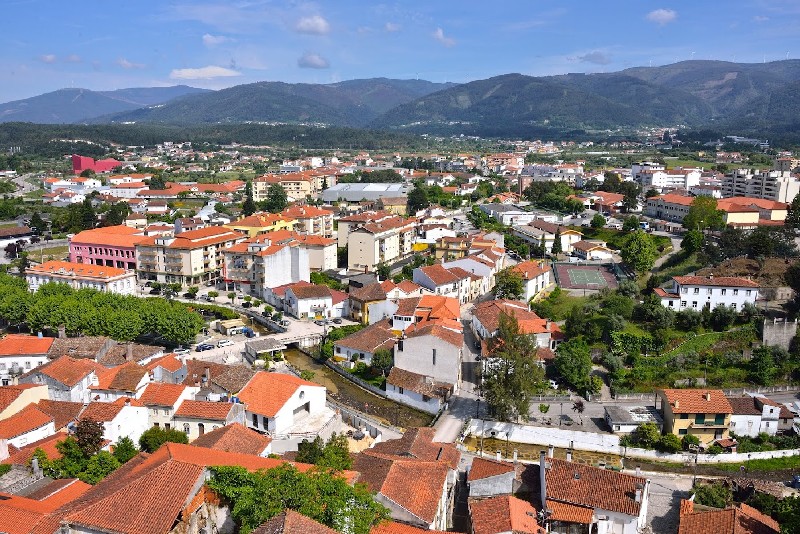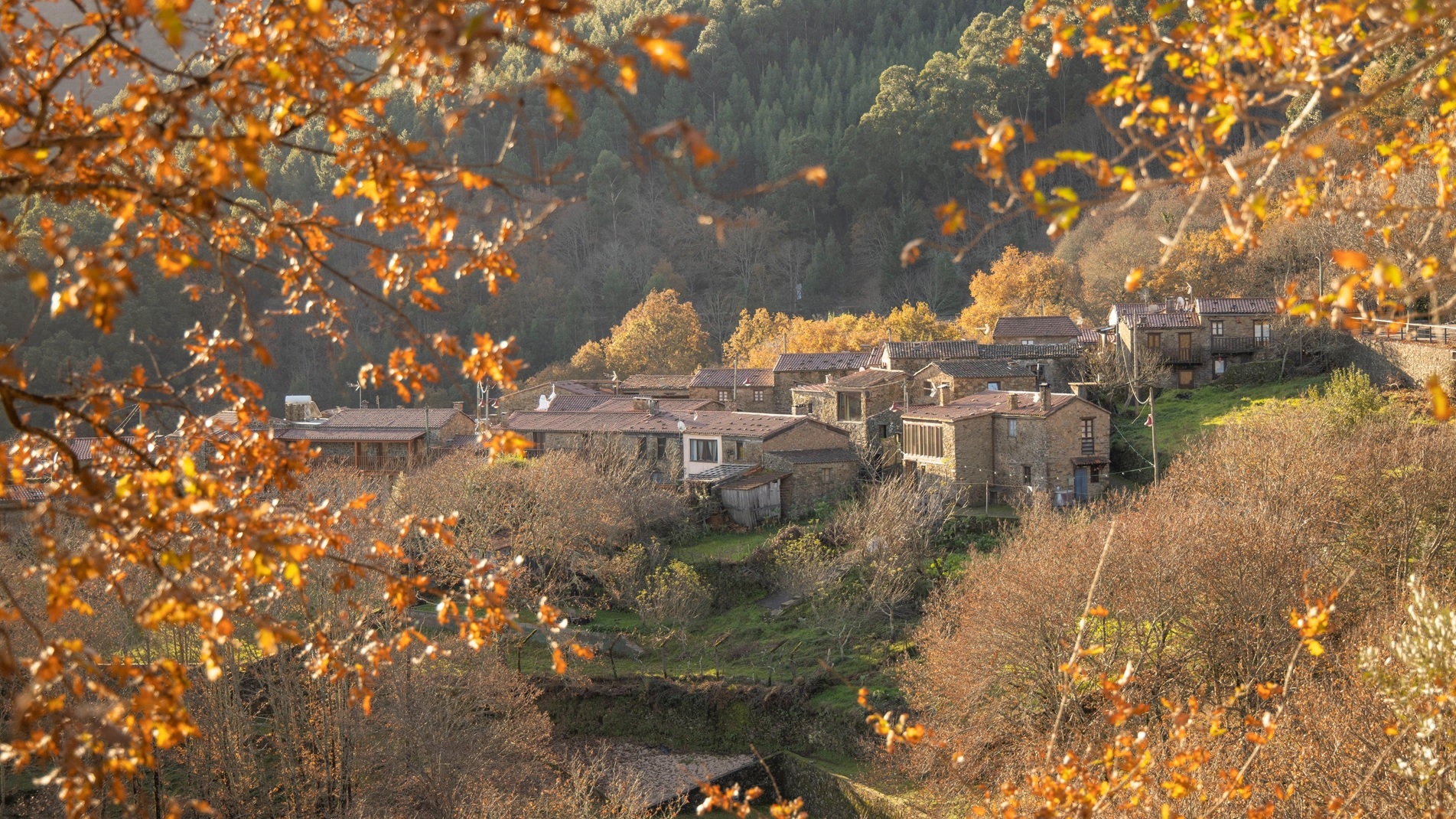Although archaeological evidence points to a much earlier occupation, the first reference to Miranda do Corvo in a document dates from the end of the 10th century, and attests to the existence of a military structure, when referring to a tower. It is known today that there was occupation in Vila Nova in prehistory and in Chão de Lamas in proto-history. The village of Miranda do Corvo will have sprung up around the castle. From here it was possible to watch and defend two important routes of communication: the ancient Roman road that passed through Corvo and connected Sellium (Tomar) to Aeminium (Coimbra) and the road that connected the interior of the Peninsula to the West, the Via Colimbriana.
The third French invasion brought prominence to the county. Pits location in the strategic line of movement of the armies, was the stage of part of the fight of Casal Novo, in the parish of Lamas. The consequences of the war were felt in the county in a very significant way, with the lack of genders, destruction and sterile fields, partly due to the scorched earth policy, and the great epidemic that plagued the parishes during the following months.

The historic center of Miranda do Corvo is a cohesive core that maintains its coherence as a vibrant heart from which the village developed. resisting the aggressions of modern life. Relating to the river and the hillside, the buildings were emerging facing the sun and heading to the top where the Mother Church, Tower and Christ-King are located, where the castle was located.
Miranda do Corvo is one of the five municipalities covered by the Serra da Lousã, carachterized by natural spaces of enormous wealth. The diversity of landscapes is immense, and this territory situated between two rivers – the Ceira and the Zêzere – is the meeting point of the Atlantic and Mediterranean vegetation, creating a beauty worthy of note and, of course, of visit.

Integrated in this natural landscape arise the typical Schist Villages, represented in the area by Gondramaz, Talasnal and Candal. These villages are the gateway to a territory with a varied offer of tourism and leisure in close contact with nature and cultural traditions of the region.
A network of routes allows the visit on foot or by bike providing different experiences, for those who prefer to explore this territory that integrates the Natura Network. For lovers of mountain biking there is an offer of trails with various levels of difficulty, anchored in the Mountain Centers, authentic service stations in a self-service regime adapted to the practitioners of the sport. During the summer, the network of river beaches allows refreshing and peaceful moments in the purest waters of the country.
Still to visit, there is a vast historical heritage, from prehistoric to religious ruins, such as the Convent of Santa Maria de Semide, occupied by nuns and in which the Traditional Semide Laces in the region originate.
At the craft level, the highlight is pottery, weaving, basketry, latoaria and shale sculptures.
The gastronomy of the municipality is also varied. Stand out meat dishes such as chanfana, wedding soup, bucho, chispe, negalhos and sarrabulho. At the level of sweets, the nabadas and supplications stand out, originated in the Monastery of Santa Maria de Semide.
Source: Miranda do Corvo Town Hall